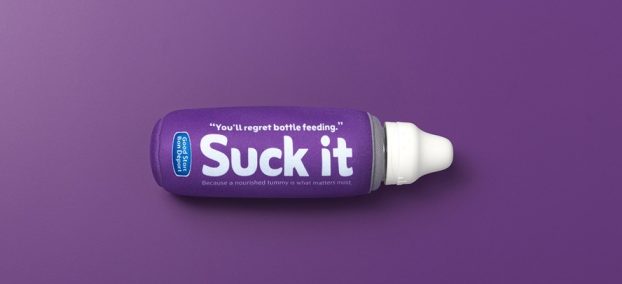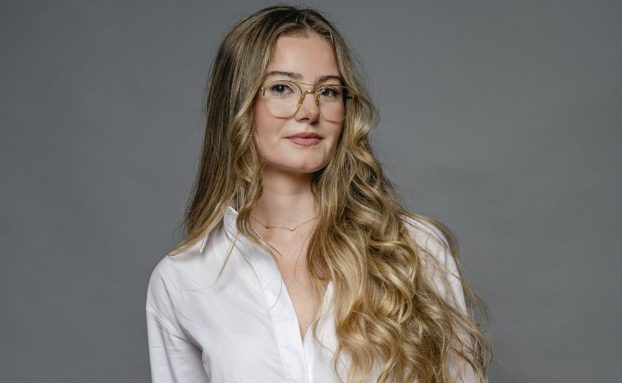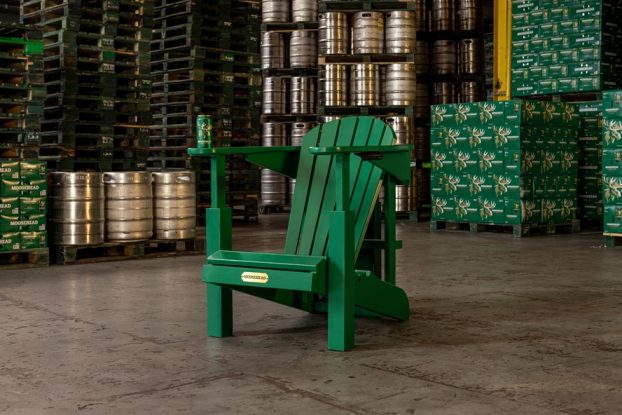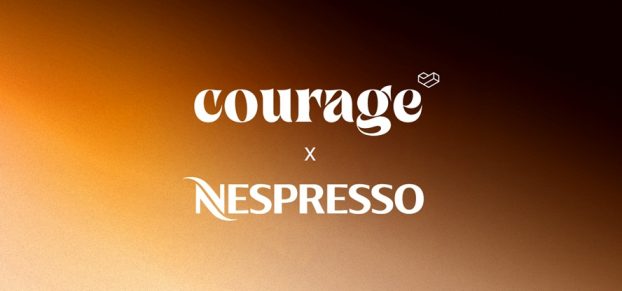Toronto-based InnerViews principals Betty Hutchins and Eunice Hogeveen aren’t crazy about some of the more traditional research tools used to understand consumer behaviour.
‘They were developed in the ’50s,’ says Hutchins, ‘and the way people process information and explain themselves to the world has developed since then.’
That’s why the company, launched just a little more than a year ago, offers a new methodology called ZMET (Zaltman Metaphor Elicitation Technique). Developed by a Harvard business professor, ZMET is based on the premise that people think in images rather than words. The program involves asking participants to collect a series of visuals that metaphorically respond to a question they’re asked.
‘They’re prompted to be open-ended,’ says Hogeveen. The participants are encouraged to bring in anything visual, from posters and magazine clippings to personal photographs from their albums, that represents their experiences or feelings about the topic.
After a week, they meet an interviewer to discuss the eight or 10 pictures they’ve brought in. The interviews address any problems or challenges and encourage the participants to express them metaphorically. For example, a study about online gift buying resulted in pictures of tightropes, representing loss of control, and some participants said that a safety net would help alleviate fear. From there, subjects are asked to place the pictures in a collage that overall represents their feelings about the topic.
Sounds creative, but does it work?
According to Molson, yes. The beer company applied the tool to its Molson Canadian brand to explore how young people feel about Canadian pride. Michael Downey, Molson’s senior VP of global marketing, says the ZMET study provided plenty of insight for the current ‘Here’s to you’ spot. Also, Canadian Snow Jam will this year play up the fact that Canadians are proud of their difficult winters and that they can take the cold – a concept that fits in nicely with a Molson event that celebrates extreme winter sports.
Taking the ‘picture as a thousand words’ idea even further is photo-ethnography, a tool offered by Chicago-based marketing consultant World-Link Group. On behalf of clients, the company provides cameras to participants and asks them to snap pictures representing the topic in question.
According to World-Link president Robert Wilkus, the four-year-old methodology began as a business-to-business application but has evolved to address consumer product challenges. Each study involves two cities with about 48 respondents in total. Participants are provided with a free camera (and often money to buy music that is somehow linked to their feelings), and have two weeks to take photos.
They are then invited in to choose the 10 photos that tell the best story. In a group session, they discuss the choices and World-Link videotapes the entire session.
Wilkus says that in one study for a regional transit company, people came in with a huge range of photos depicting vacation posters, families and new appliances. While the photos were different, they shared a common theme – not having a car and taking public transportation freed them up, both financially and emotionally. The client took this knowledge and moved away from a dollar-and-cents positioning towards a communication that highlights ‘families and freedom.’























